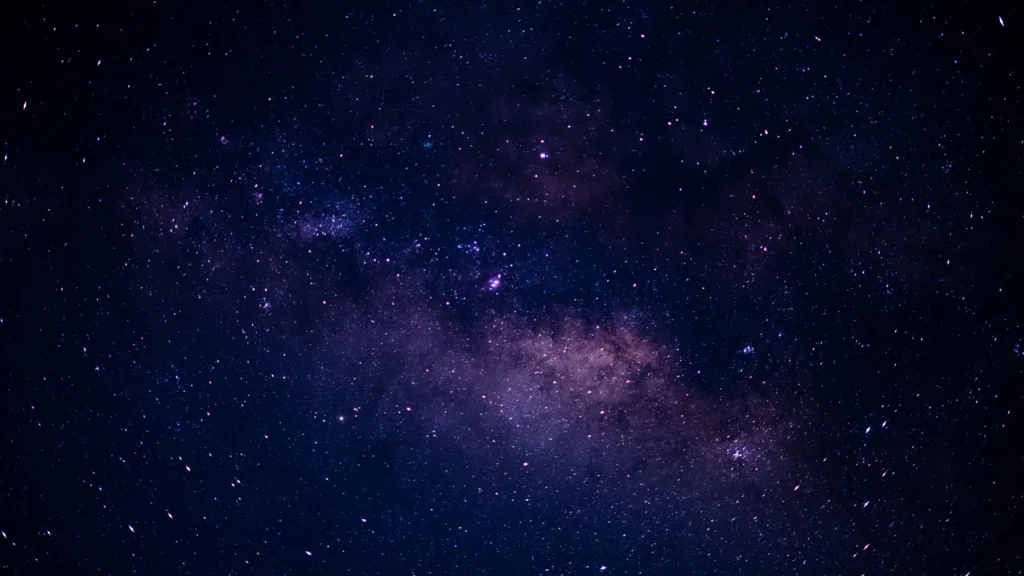A team of astronomers led by Rutgers University-New Brunswick astrophysicist Blakesley Burkhart has made a groundbreaking discovery, unveiling a giant gas cloud named Eos, located a mere 300 light-years from Earth. This vast molecular cloud, containing approximately 5,500 times the mass of the sun, is one of the largest single structures in the sky and among the closest to Earth ever detected.

*The Discovery Process*
The detection of Eos was made possible by a novel approach, utilizing far-ultraviolet light emitted by molecular hydrogen. This technique allowed scientists to directly observe the cloud’s glowing hydrogen molecules, a feat previously deemed challenging. The team employed data from the Korean satellite STSAT-1, which operated in the early 2000s, to identify the cloud.

*Characteristics of Eos*
Eos is a crescent-shaped cloud situated near the edge of the Local Bubble, a region of space surrounding our solar system. Key characteristics include ³:
– *Size*: Eos spans an area equivalent to 40 full moons in the sky
– *Mass*: Approximately 3,400 times the mass of the sun
– *Composition*: Primarily composed of molecular hydrogen, with minimal carbon monoxide
– *Lifespan*: Expected to evaporate in about 6 million years

*Implications for Astronomy*
The discovery of Eos offers a rare opportunity to study molecular cloud formation and dissipation up close. By analyzing this cloud, scientists can gain insights into the conditions necessary for star formation and better understand how galaxies transform interstellar gas and dust into stars and planets. According to Burkhart, “Our discovery of Eos is exciting because we can now directly measure how molecular clouds are forming and dissociating, and how a galaxy begins to transform interstellar gas and dust into stars and planets” ¹ ².
*Future Research Directions*
This breakthrough opens up new avenues for research, enabling scientists to explore the properties and behavior of molecular clouds in greater detail. The use of far-ultraviolet fluorescence emission technique could potentially uncover hidden clouds across the galaxy, rewriting our understanding of the interstellar medium
